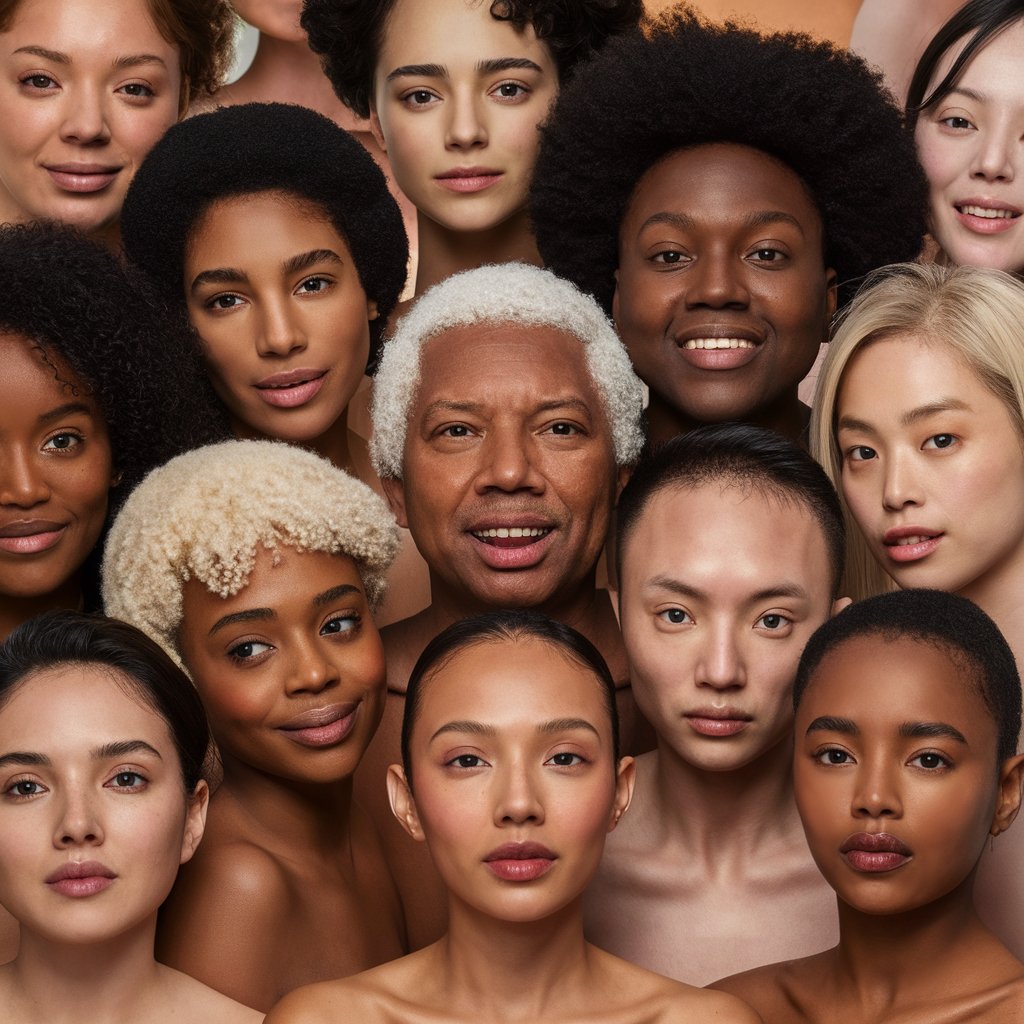
Understanding Japanese Skin Tone Color Diversity
Share
Japan, known for its rich culture and heritage, is also recognized for its distinct beauty standards and skincare regimens. When it comes to Japanese beauty, understanding the diversity of Japanese skin tones is crucial for anyone interested in skincare, cosmetics, or cultural beauty practices. Here, we delve into the variety of Japanese skin color and its implications in the beauty world.
The Spectrum of Japanese Skin Tones
Japanese skin tone color can range from fair to tan, reflecting a spectrum that may not be widely acknowledged. Often, Japanese beauty standards are portrayed as favoring a lighter, porcelain-like complexion, but the reality is much more diverse. The northern regions of Japan, where the climate is colder, typically have populations with lighter skin tones. In contrast, the southern areas, such as Okinawa, where sun exposure is greater, have populations with deeper, tan skin tones.
Regional Differences
The regional differences in Japan contribute to the diversity of skin tones found within the country. These variations are not only due to genetic factors but also to the differing levels of sun exposure and lifestyle habits across various locales.
Japanese Beauty and Skin Tone
In the world of Japanese beauty, skincare products and cosmetics are designed to cater to this wide range of skin tones. Japanese beauty brands often offer a variety of shades and formulations to match the skin tones of their local and international consumers.
Skincare Routines
Japanese skincare routines, famed for their multiple steps and focus on hydration and protection, are tailored to maintain the skin's natural tone and health. Sunscreen is a staple in these routines, emphasizing the importance of protecting the skin from UV damage, which can cause premature aging and affect skin color.
Cultural Perceptions of Skin Color
Cultural perceptions of skin color in Japan have a historical context, with lighter skin historically associated with nobility and indoor work, while darker skin was often associated with outdoor labor and lower socio-economic status. However, contemporary Japan sees a more diverse and inclusive beauty landscape, with an appreciation for all skin tones.
The Tanning Trend
In recent years, there has been a growing trend of tanning among some younger demographics, illustrating a shift from traditional beauty norms. This trend, known as "ganguro," embraces a darker skin tone and stands in contrast to the conventional preference for paleness.
Implications for the Beauty Industry
The diverse range of Japanese skin tones has significant implications for the beauty industry, both domestically and internationally. Brands are increasingly recognizing the need to be inclusive, offering wider shade ranges and products that cater to all skin tones.

Conclusion
Understanding Japanese skin tone color diversity is key to appreciating the full scope of Japanese beauty. As the beauty industry evolves, it continues to embrace and celebrate this diversity, offering products and practices that cater to every shade of Japanese skin. Whether in Japan or abroad, recognizing and respecting this spectrum is essential in the world of beauty and beyond.

